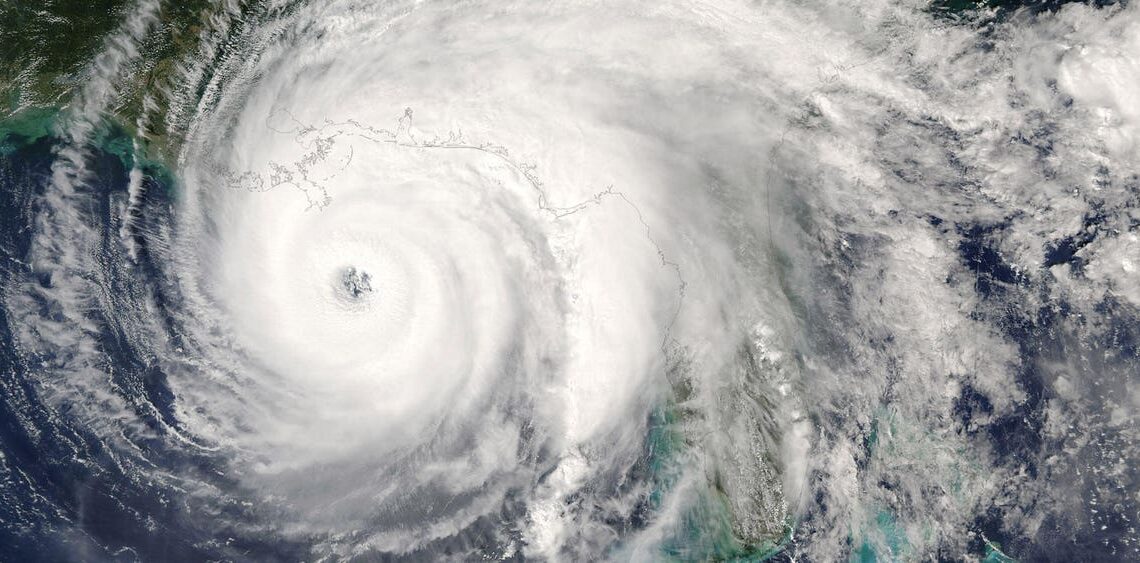According to National Oceanic and Atmospheric Administration data, late August through the end of September is the peak of the Atlantic hurricane season. Some of the most catastrophic storms in U.S. history — including Katrina, Harvey, and Ian — made landfall during this time. The NOAA’s Climate Prediction Center updated its forecast from a “near normal” Atlantic hurricane season to an “above normal” season in 2023 terms of tropical cyclone activity. An above normal season implies an increased risk of property damage from wind and water. The time for residents along the Gulf Coast and up the Eastern Seaboard to evaluate their insurance coverage is now — before it is too late.
Insurers may institute moratoriums, also known as binding restrictions, on writing new insurance policies or updating existing ones when there are significant and imminent risks. For example, on Aug. 24th, 2017, Texas Windstorm Insurance Association stopped accepting policy applications for new or increased coverage once the National Weather Service designated Harvey as a hurricane. Such moratoriums prevent a surge of new and previously uninsured applicants from purchasing coverage when the chance of an immediate and catastrophic loss is substantially elevated. For Gulf Coast states, insurer moratoriums often begin once named storms – tropical cyclones that NWS elevates to tropical depressions, tropical storms, or hurricanes based on their sustained wind speeds – enter the Gulf of Mexico.
Support authors and subscribe to content
This is premium stuff. Subscribe to read the entire article.











